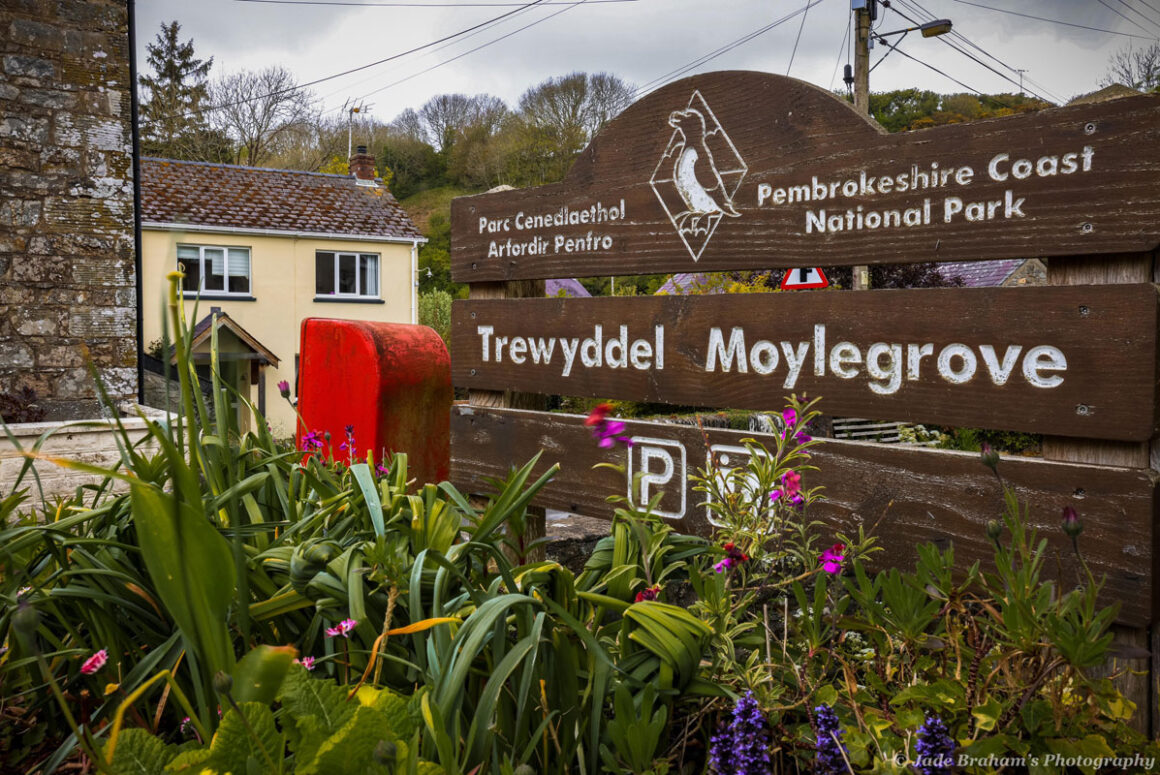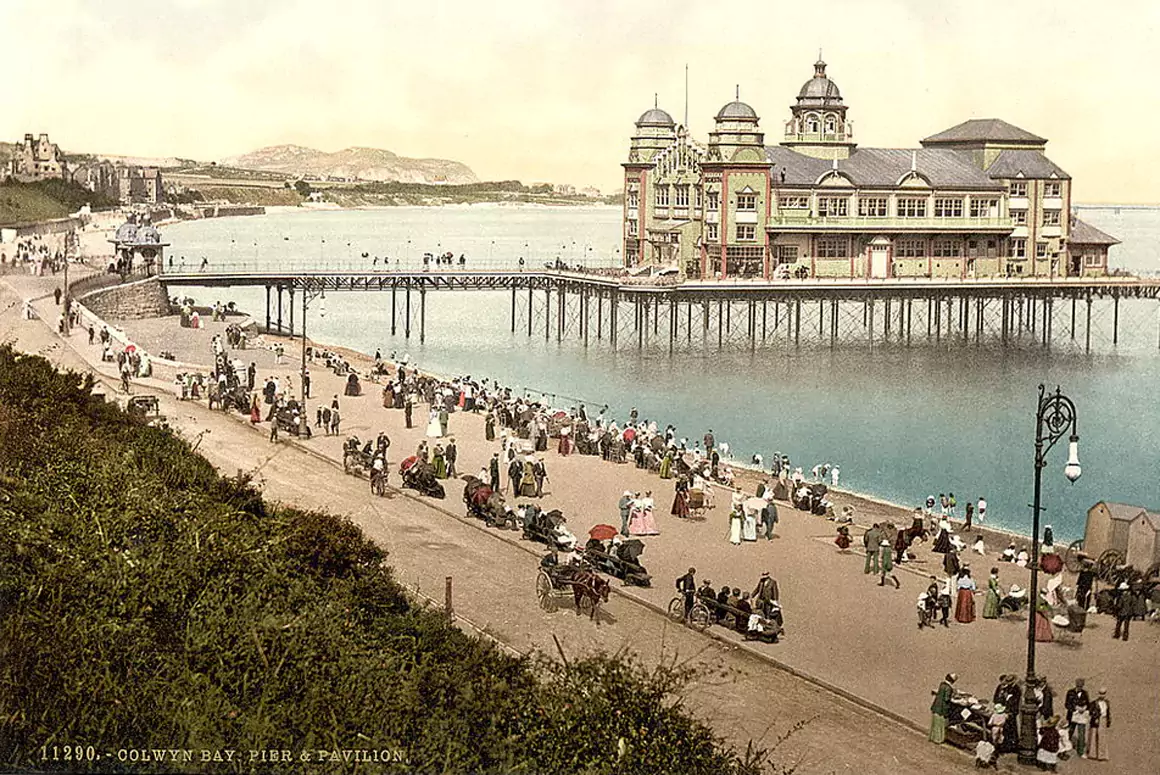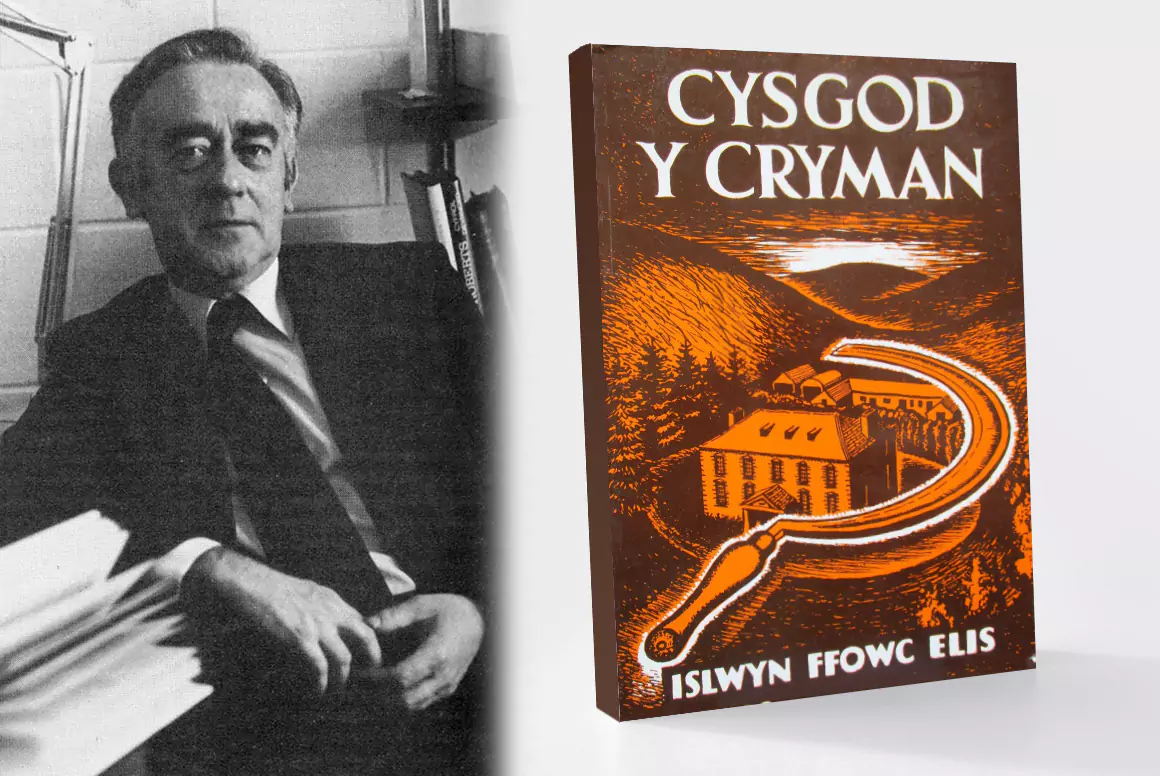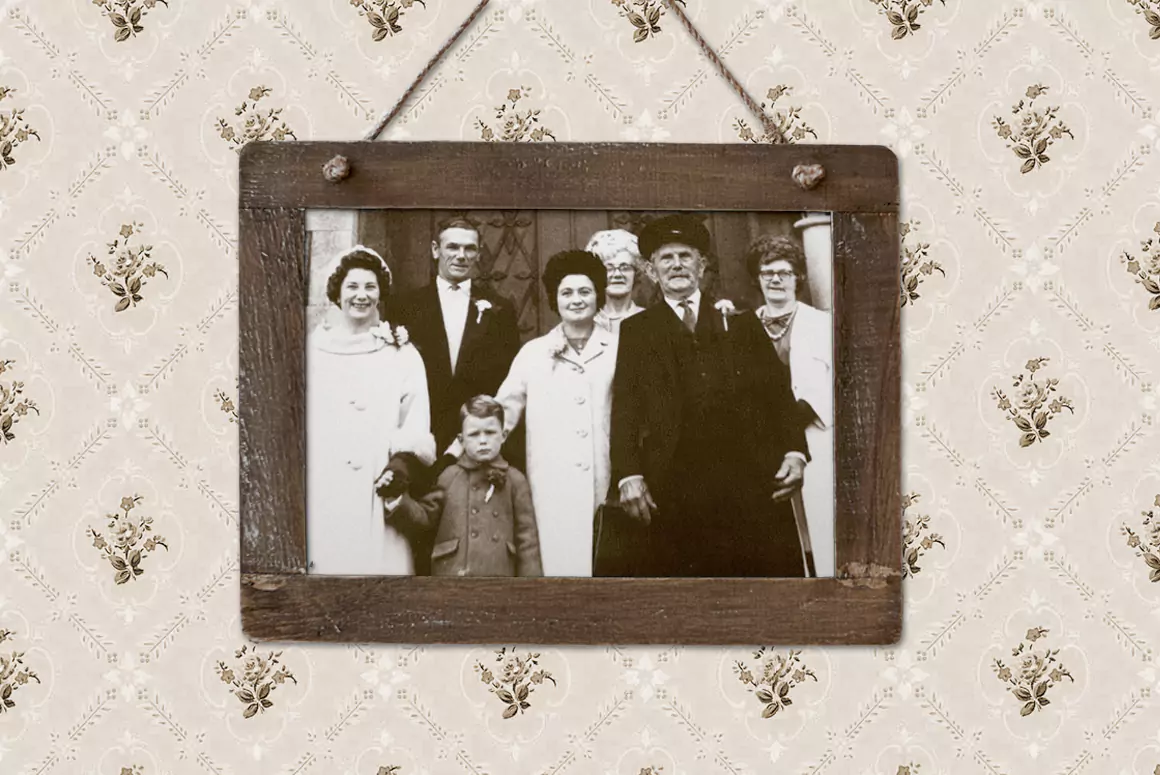![]()
The image of the “chocolate box village” has become ingrained in our culture’s subconsciousness as the ultimate embodiment of community, heritage, and beauty (both architectural and natural). The honey-hued stone cottages of the Cotswolds, the thatched and white-washed tapestry of Cornwall, and the black-and-white trail of timber-framed houses in Herefordshire are just a few of the village styles bewitching travellers.
But to say that Moylgrove is an undiscovered “chocolate box village” doesn’t quite cut it. Sure, it has all the necessary features to proclaim itself as such – countless painted stone cottages, and short, narrow stone bridges directing two babbling brooks past the edges of immaculate gardens. There’s even a red post box fronting a Victorian chapel. But the intimate cluster of houses, concealed by a valley of flourishing trees, makes it feel like a village lost in the woods, with an enchanting, fairy-like energy. However, as I drive down its single main road, a dark, surprising, and intensely agricultural undercurrent envelopes the senses.
“Double, double toil and trouble; Fire burn and caldron bubble” (Macbeth) springs to mind as I read the community board at the foot of the hill. It touts the village as “a treasure trove of natural and man-made splendours”. Underneath, it tells of the nearby Witches’ Cauldron and the village’s Iron Age heritage, hinting that there was once possibly a thriving fishing and farming population here. Of distinguishable note is the unspoilt Ceibwr Bay, which I’m told is protectively guarded by the community against hordes of tourists. In the 1980s, Moylgrove made headlines because of this bay, becoming a centre for international drug smuggling and known by the police as “Operation Seal Bay”. Thankfully, this was successfully thwarted by resident landowners and farmers.
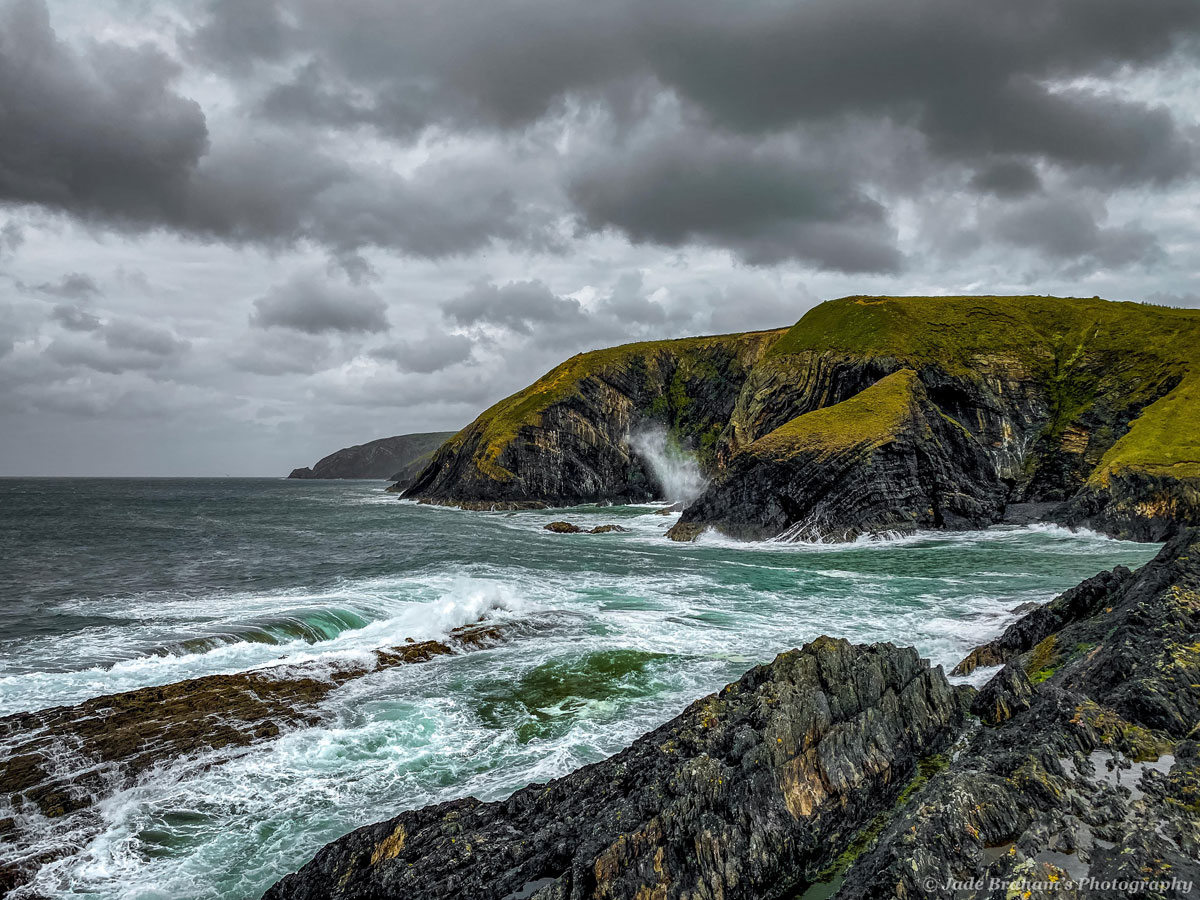
Regardless of its history, Moylgrove feels like the base of a green canyon, filled with bursting grass, brimming with wildflowers, and abutted by unkempt hedges. These tickle the edges of the road, obscuring traffic signs and revealing little animal-made burrows, bridging the gap between the community’s primary industry – agriculture – and the native wildlife.
Following the road’s curve, the canopy of trees seems to start where the hedgerows end, forming a sort of theatre curtain and blocking the expansive valley and brooding clouds from sight. The village has the same impression of being in a theatre, and as I turn the tight bends typical of Welsh roads, spectacular views perform a routine. The wind choreographs a quickstep through the leaves while the cow parsley twirls with the same hypnotic vigour as Sufi dervishes, cascading a brush of white before me.
The residual rainwater reflects fragments of a cottage’s slanting slate roof and uneven white stone walls, hinting at the long tradition in rural Wales to create white-washed buildings from crushed and heated limestone. The Moylgrove community has a long and personal history with lime and slate. Before the development of transport, the villagers came out in force at Ceibwr Bay to unload flat-bottomed boats of their limestone and culm cargo before burning them in the bay’s two kilns, of which only one remains.
To the left is a sign to St Dogmaels. I carry on this way, past a tiny house bearing a blacksmith’s original anvil dated 1982, and a driveway to a resident’s current osteopathy business. There’s something arresting about seeing the village’s past industries juxtaposed with its current modes of income, suggesting a community that’s continued to dedicate itself to serving others, despite centuries passing. Before long, this road comes to the Llwybr Arfordir Coast Path, and 10 minutes’ walk uphill brings me to Penrallt Garden Centre and its Pavilion Café. Here, delectable afternoon tea boxes can be enjoyed indoors or at the energetic children’s playground, while gardeners in the background continue to look after the flora and fauna.

Care for the environment is clearly a top priority here, as I notice there’s no rubbish scattered around or left unattended. Even the architectural features are tended to with a devotion I’ve rarely seen. An elderly gentleman decked in an enormous gardening hat and truly farmer-like waterproofs carries a gardening hose to wash his home. At this point, the dripping water overlaps with the rhythms of the two rivers, creating a mellow and intoxicating symphony that could easily belong to a mediation app.
But, as I amble past the Bethel Methodist Chapel, to start on a 15-minute walk to Ceibwr Bay, the soothing water sound transforms into a pungent seaweed aroma. There’s a thrashing, ferocious boom developing as the foaming waves hit the cliff, and like the fleeting spray of champagne, these waves sprinkle my skin. My eyes initially marvel at the diverging folds and curls in the rock face, showing millions of years of erosion and upheaval. And, as the waves recede, the towering blowholes and waterfall-like cascade it instigates transfix, and transport, me to the geological wonders of Iceland. I try to look for the bathing seals and choughs, but I can only hear the distant cry of seagulls and see intrepid hikers beginning the Wales Coast Path.
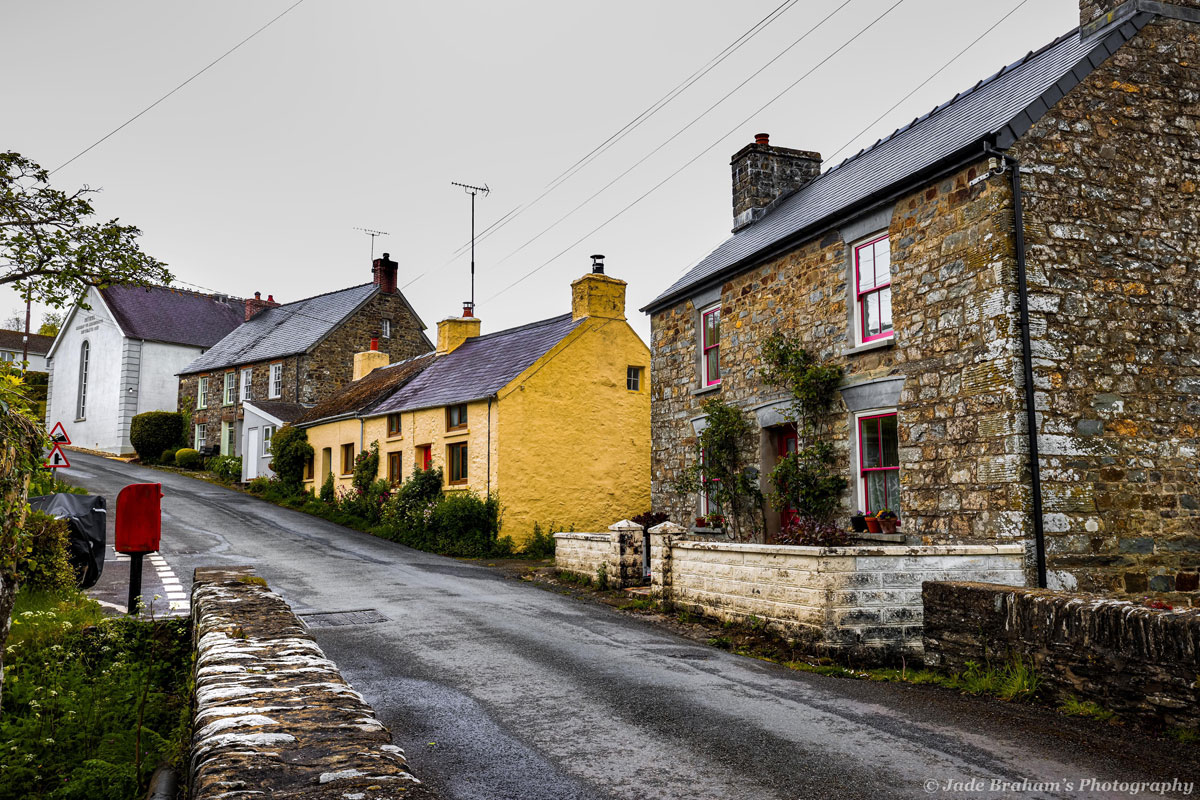
There are so many caves, and the bay itself looks almost like an undeveloped hiding place. The romantic in me can easily imagine the smugglers, or Ross Poldark, taking full advantage of such an isolated spot. The Welsh name for the town, Trewyddel, originates from Tre Gwyddel meaning ‘The Irish Town’. With the bay historically acting as Moylgrove’s port, trade and Irish diaspora instantly add to the village’s already strong community and maritime heritage.
Windswept, but full of gratitude that quaint villages like Moylgrove aren’t saturated with travellers, I get back in my car and head for the A487 to Cardigan. I’ve seen no one, except locals enjoying their immediate surroundings. As I drive on dusty backroads, with avenues of trees forming arched canopies above, I feel like I’ve been Alice falling down a rabbit hole into Wonderland. Looking back in the direction I came, Moylgrove has disappeared. I know now that that wonderful village is a secret treasure like Wonderland: only a select few find it, but all who do are left speechless.
Getting there:
By car: From Carmarthen take the A484 to Newcastle Emlyn. From there head to Cardigan on the A487 to Moylgrove.
By bus: From Cardigan or Fishguard town centres take the Poppet Rocket bus.
Eating there: The nearest place to eat is the Penrallt Garden Centre as it has a Pavilion Café. Follow the signs to St Dogmaels, and it takes less than five minutes to drive there from the village centre. Otherwise, follow the Llwybr Arfordir Coast Path, which takes about 10 minutes to reach the café.
Staying there: Some of the houses in the village have been converted into holiday homes. These include: Y Fagal Cottage, The Longhouse and Seaview Cottage (a luxury holiday cottage). There’s also the Brynteg B&B nearby.


